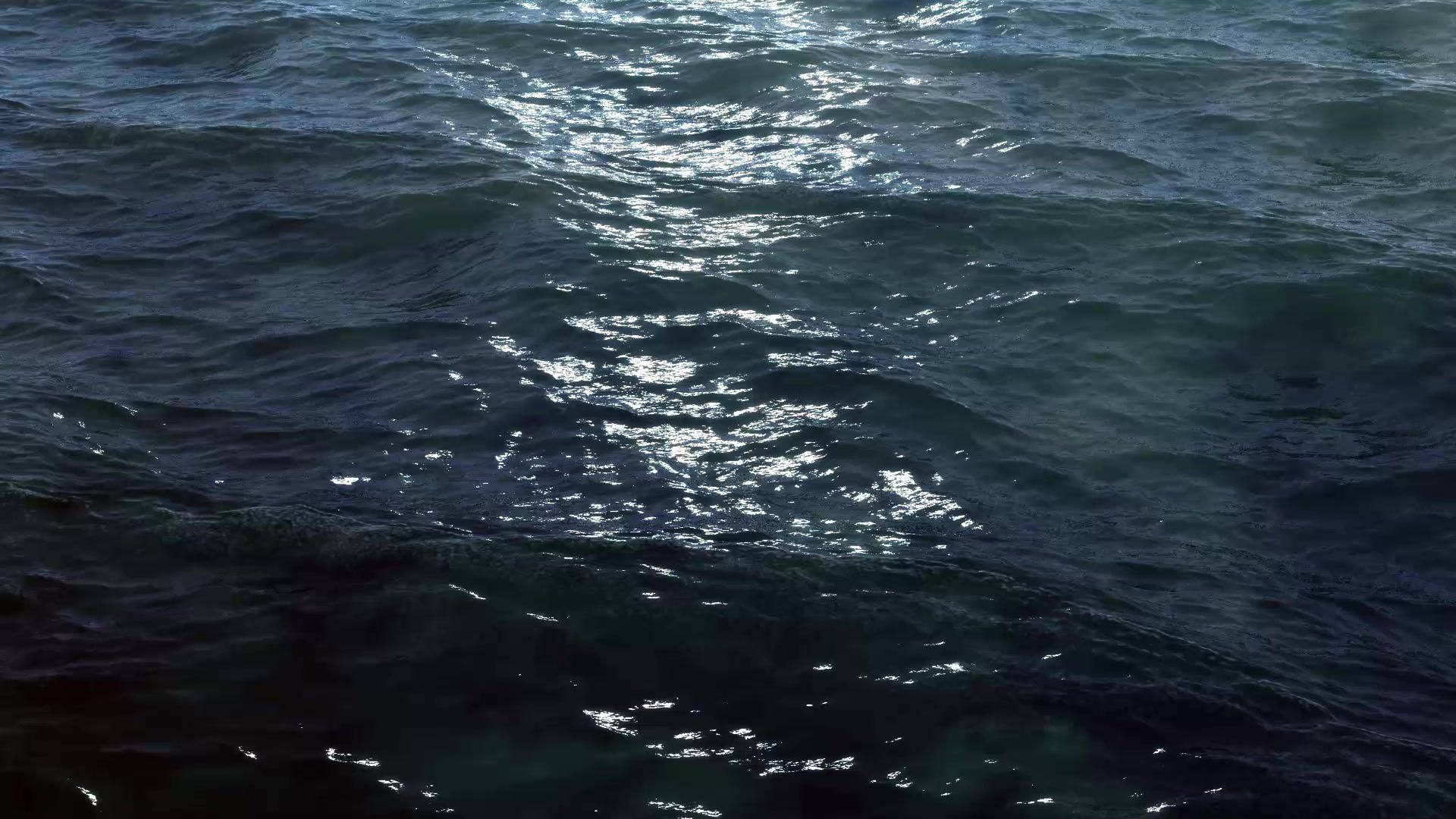
Intro to Waves
Standards
Nebraska State Standards
12.2.3. a Students will describe mechanical wave properties (speed, wavelength, frequency) and how waves travel through a medium
12.2.3. b Students will recognize that the engery in waves can be changed into other forms of engery
12.2.3. c Students will recognize that light can behave as a wave (diffraction and interference)
12.2.3. f Students will recognize that the production of electromagnetic waves is a result of changes in the motion of charges or by a changing magnetic field.
12.2.3. g Students will compare and contrast segments of the electromagnetic spectrum (radio, micro, infrared, visible, ultraviolet, x-rays, gamma) based on frequency and wavelength
12.2.3. i Students will interpret the law of conservation of energy to make predictions for the outcome of an event
12.2.3. j Students will identify that all energy can be considered to be either kinetic, potential, or engery contained by a field (e.g. electromagnetic waves)
12.2.3. g Students will recognize that an attractive or repulsive electric force exists between two charged particles and that this force is proportional to the magnitude of the charges and the distance between them.
Proficiency Scale
Physical Science
Energy
Score 4.0
In addition to score 3.0 performance, the student demonstrates in-depth inferences and applications that go beyond what was taught.
Score 3.5
In addition to score 3.0 performance, partial success at score 4.0 content
Score 3.0
The student will:
Describe mechanical wave properties (speed, wavelength, frequency) and how waves travel through a medium
Recognize that energy in waves can be changed into other forms of energy
Recognize that light can behave as a wave (diffraction and interference)
Recognize that the production of electromagnetic waves is a result in changes in the motion of charges or by changing the magnetic field
Compare and contrast segments of the electromagnetic sprctrum based on frequency and wavelength
Interpret the law of conservation of energy to make predictions for the outcome of an event
Identify that all energy can be considered to be either kinetic, potential, or energy contained by a field (e.g. electromagnetic waves)
Recognize that an attractive or repulsive force exists between two charged particles and that this force is proportional to the magnitude of the charges and the distance between them
Sample Activities:
Slinky lab
Virtual Lab
Videos
Reading and animation activity
diagrams
Score 2.5
No major errors or omissions regarding score 2.0 content, and partial success at score 3.0 content
Score 2.0
There are no major errors or omissions regarding the simpler details and processes as the student:
*recognizes or recalls specific terminology such as:
Transverse wave, longitudinal wave, electromagnetic wave, mechanical wave, crest, trough, amplitude, frequency, period, diffraction, reflection, refraction, constructive interference, destructive interference, potential energy, kinetic energy
Sample Activities:
diagrams, bellringers, sporkle game, word web
Score 1.5
Partial success at score 2.0 content, and major errors or omissions regarding score 3.0 content
Score 1.0
With help, partial success at score 2.0 content and score 3.0 content
Score 0.5
With help, partial success at score 2.0 content but not at score 3.0 content
Score 0.0
Even with help, no success

What are Waves?
Waves are disturbances that travel through a medium from one location to another. There are three types of waves, which are, longitudinal waves, transverse waves, and surfaces waves. Disturbances are formed into a "wave". Waves have amplitudes, and wavelengths that transmit the disturbances.
Video
There are two main types of waves. Mechanical & Electromagnetic. Waves have many characteristics that are dtermined by the medium that they carry. When waves interfere with one another, they either make a new one, or cancel eachother.